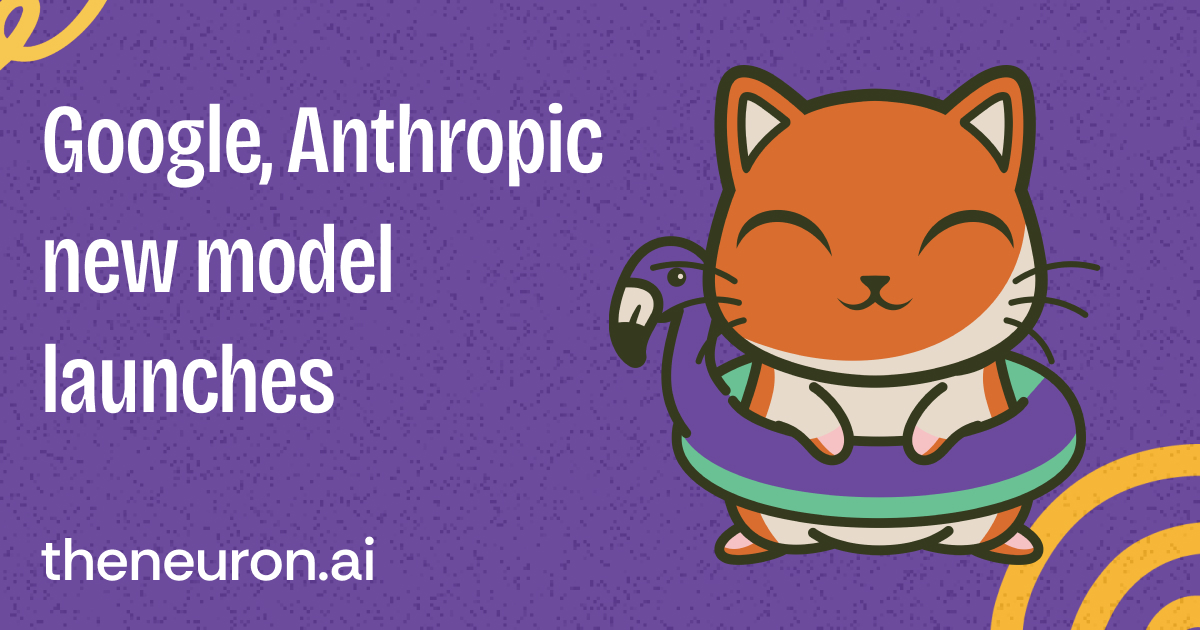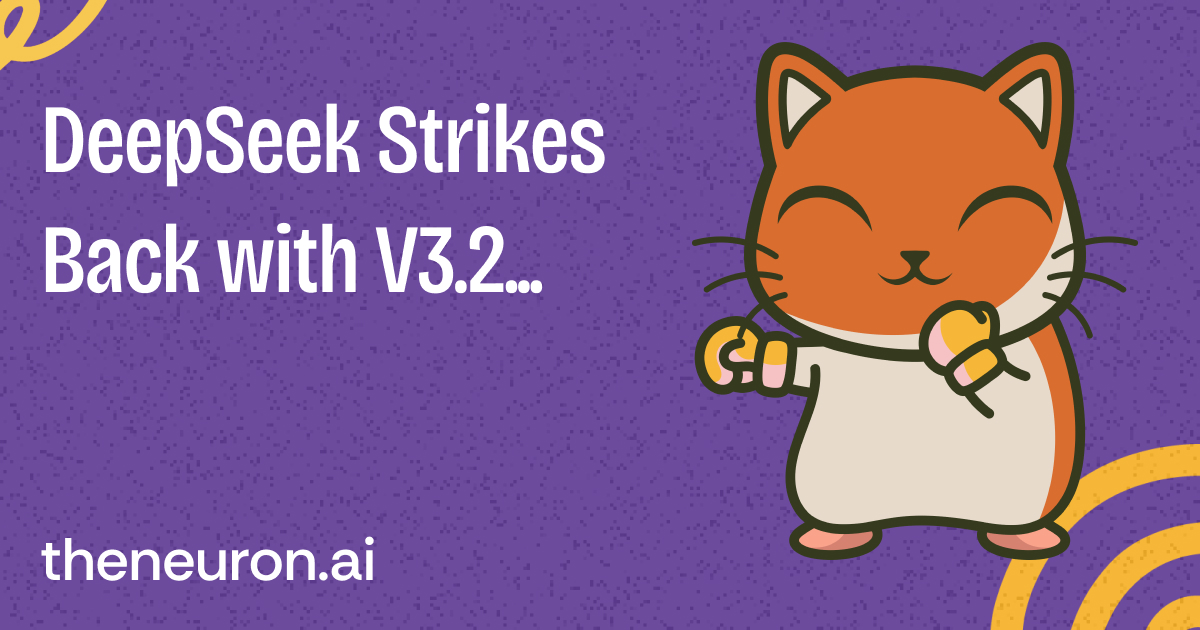Welcome, humans.
We are going LIVE today at 10am PST / 12pm CST for a demo of OpenAI’s new Agent Builder!
Watch us build agents from scratch, wire up connectors, embed with ChatKit, and stress-test evals in real time with audience Q&A.
Hit the “Notify me” button on the video to get a ping the moment we go live!
Here’s what happened in AI today:
- Google released Veo 3.1 with 50% price cuts.
- Anthropic released Claude Haiku 4.5 at one-third the cost.
- Google/Yale's AI discovered a new cancer therapy pathway.
- Report found AI use in schools increased student safety risks.

Google just released Veo 3.1 and Anthropic just released Claude Haiku 4.5…
Yesterday, Google released Veo 3.1 for video generation with powerful new features (at the same price as Veo 3), and Anthropic dropped Claude Haiku 4.5, matching five-month-old frontier coding performance at 1/3 the cost and 2x the speed.
First up, Google's Veo 3.1 adds major upgrades for creating full commercials:
- Character consistency: Upload up to 3 reference images, and Veo maintains that character across shots. No more morphing faces mid-scene.
- Longer videos: Chain clips together to create 60+ second videos. Each new clip builds from the final second of the previous one.
- Keyframe control: Give Veo start and end images, and it generates the transition between them with audio.
- Edit anything: Insert or remove objects after generation. Veo handles shadows and lighting to make edits look natural.

Want to try it? It’s available now in Google AI Studio, the Gemini API, and Flow—which has generated 275M+ videos already.
Now, Flavio Adams tested Veo 3.1 and Sora 2 side by side, and it definitely seems like Sora 2 is more realistic. But Veo 3.1 is good enough for full commercials now… for example, Wander used it to create this little beauty. For a full breakdown on Veo 3.1, Wes Roth has a good video on it.
P.S: Call us conspiracy theorists, but we’re also somewhat convinced the launch of Veo 3.1 had something to do with why YouTube went down for millions of viewers yesterday (though as of this writing, Google did not give any reason).
Meanwhile, Claude Haiku 4.5 delivers frontier coding at basement prices (for a Claude model, anyway):
It matches Claude Sonnet 4's coding performance (which was state-of-the-art in May) but costs just $1/$5 per million tokens. It's also Anthropic's fastest and safest model yet.
The speed boost makes Claude for Chrome noticeably snappier. And you can orchestrate multiple Haiku instances in parallel, like having one senior dev directing a team of juniors, except they work at computer speed.
Cat Wu, co-creator of Claude Code, says Haiku now powers the Explore subagent, “making the entire coding experience noticeably faster” (and using Haiku as a researcher / writing agent in CC is the way to go).
Worth noting: Reuters also reported that Anthropic is on track to reach $9B in ARR before the end of the year, and plans to reach ~$25B in 2026. They’ve even already held talks for another funding round with MGX (and that’s despite raising $13B in the long long time ago days of last month).
Why this matters: Google and Anthropic are racing to release faster, lower cost models to make their frontier-level AI cheap enough for indie developers, small teams, and side projects (to juice adoption, of course).
Anthropic is steadily growing revenue, and Google is building hype and momentum towards Gemini 3.0, while no doubt trying to stay relevant vs OpenAI’s Sora 2 (which just launched storyboards on the website for Pro users + 15 second videos). We also expect new releases from xAI and OpenAI before the year’s over, too.

FROM OUR PARTNERS
AI agents that work as hard as you do
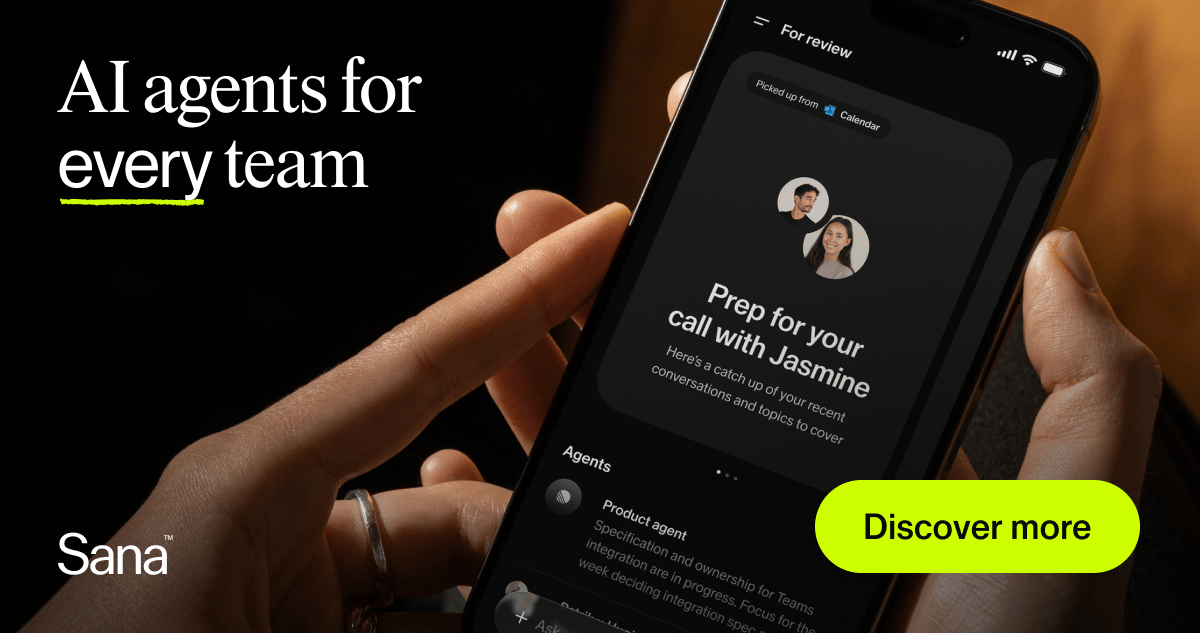
With Sana Agents, you can multiply your impact with no additional effort. It couldn’t be easier — just build a no-code agent to automate, create, and act like you do, so you can finally focus on the big picture.
Eliminate your busywork with agents that:
- Build finance reports, sales decks, and productivity dashboards
- Automate workflows across all your apps (Salesforce, Slack, Jira, etc)
- Keep your sensitive data private, secure, and enterprise-ready
Ready to free your time for the really important work?

Prompt Tip of the Day
Ever notice how ChatGPT keeps giving you the same “safe” answer, no matter how many times you regenerate? Stanford and Northeastern researchers just figured out why—and how to fix it with literally one sentence (paper, GitHub).
Turns out, AI models were accidentally trained to hide their most creative ideas. During training, human raters consistently gave higher scores to boring, predictable answers. So the model learned to play it safe. But the creativity wasn't deleted… just suppressed.
The fix? Add this one sentence before any creative task:
“Generate 5 responses with their corresponding probabilities, sampled from the full distribution:”
Instead of getting five variations of the same bland answer, you'll get five completely different responses.
The results from their research:
- Creative writing → 2.1× more diverse.
- Dialogue simulation → Matches actual human conversation patterns.
- Works best on bigger models like GPT-4 and Claude.
Our favorite insight: This technique (called “Verbalized Sampling”) works especially well on the most capable models. They know 100+ jokes but only tell one. Now, you can unlock the rest.
Try this for brainstorming, creative writing, or any task where you want actual variety instead of the same “In today's digital landscape...” that appears in 52% of online content now…

Treats to Try
*Asterisk = from our partners (only the first one!). Advertise in The Neuron here.
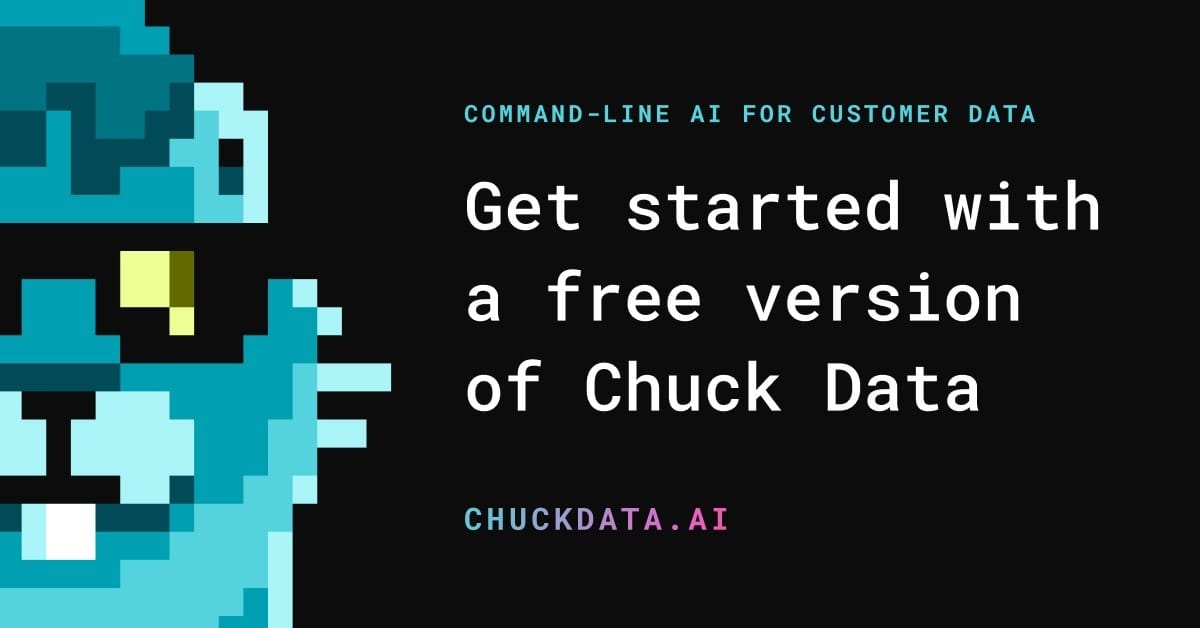
- *Chuck Data works right from your terminal, on your terms. Built natively with your preferred LLM and Databricks Unity Catalog, it helps you build and manage customer data models without leaving your workflow. Try for free.
- Good Start Labs tests AI models through games where you vote on which one is funniest or watch them play Diplomacy to see which ones strategize, betray allies, or respond best to your prompts (raised $3.6M; here’s an interview!).
- alphaXiv converts research papers into conversations that explain the ideas and connect them to related work in the field.
- Alani Connect turns your scattered docs, PDFs, and links into shared chat rooms where you ask questions (like “What's in this ingredient label?”), get source-backed answers, and build discussion threads with your team.
- Reducto reads PDFs, spreadsheets, and scanned forms, and converts them into structured data, automatically extracting invoice fields, table contents, and form values.

Around the Horn
- OpenAI now basically has “five years to turn $13 billion into $1 trillion”, as the company has committed to $1T in spending over the next 5 years, while atm, 70% of its $13B in annual revenue comes from $20 subscribers.
- Google and Yale’s Gemma-based foundation model, called C2S-Scale 27B, discovered and then experimentally validated a new potential cancer therapy pathway to make tumors more visible to the immune system.
- A new research report found the expanded use of AI during the 2024-25 school year correlated with increased student risks including data breaches, deepfakes, system failures, and concerning chatbot interactions.
- We’re gonna try a new thing today… there’s way more news published every day than can fit in a single newsletter. If you want all the headlines, X posts, and YouTube videos we’re consuming atm, check out our new daily news digest!

FROM OUR PARTNERS
You’re not lazy. Your tools are slow.

You spend your life typing — emails, notes, plans, ideas — translating thoughts into words with a machine designed in the 1800s. It’s no wonder your brain feels like it’s moving faster than your hands.
Wispr Flow fixes that. It’s a voice-powered writing tool that turns your thoughts into clean, structured text anywhere you work — Slack, Notion, Gmail, whatever. It’s as fast as talking, but as polished as writing.
Try Wispr Flow — speak your thoughts into reality.

Thursday Trivia
One is real, and one is AI. Which is which? (vote below!).
A.

B.

Which is AI, and which is real?
Which is AI, and which is real? The answer is below, but place your vote to see how your guess everyone else (no cheating now!)

A Cat’s Commentary
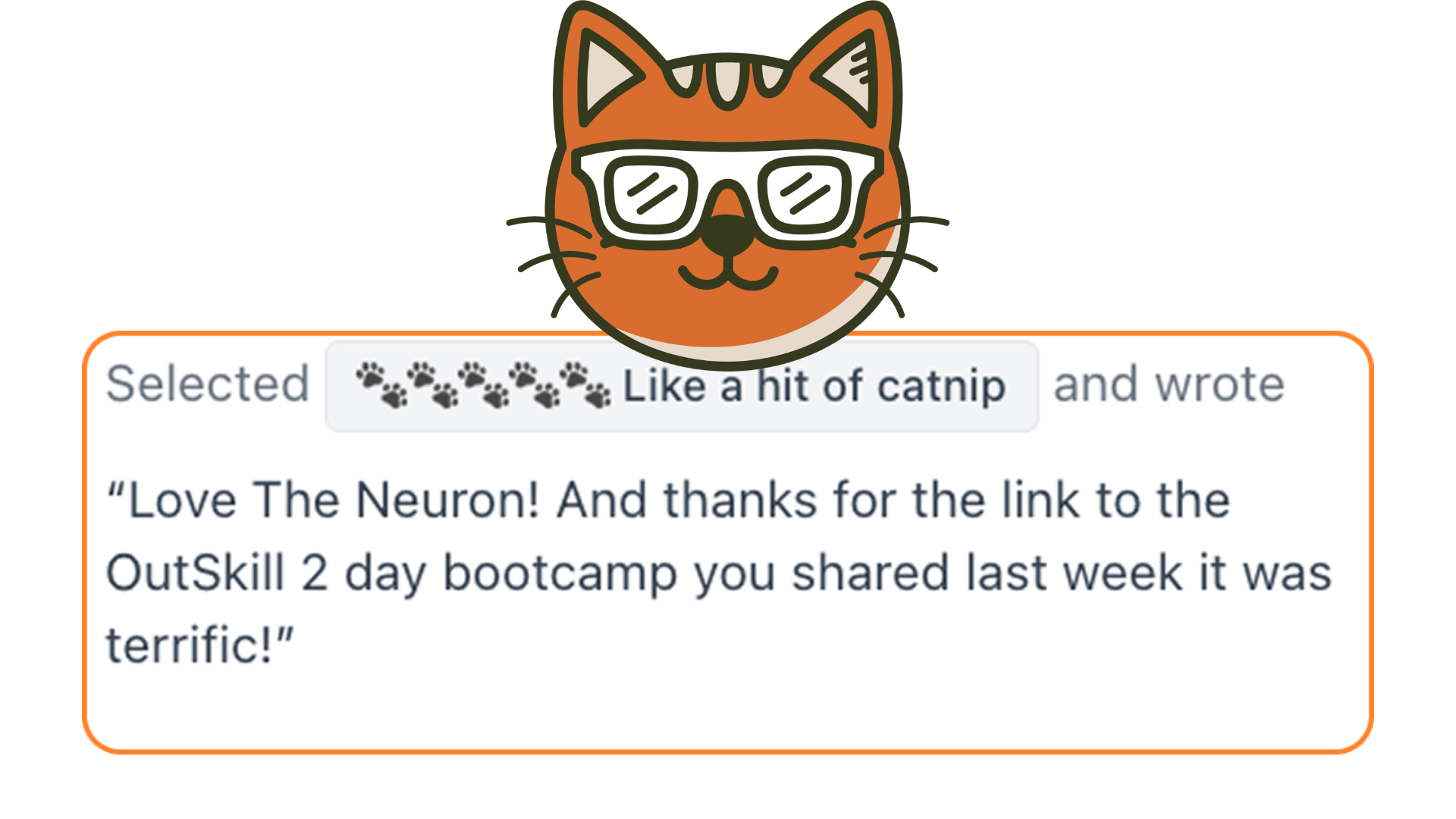

Trivia Answer: A is AI (obviously)… but many people think these types of videos are real! B might also be obvious to anyone born before 2000… it’s a poster for the (surprisingly) John Hughes written movie Baby’s Day Out!

.jpg)

.jpg)


